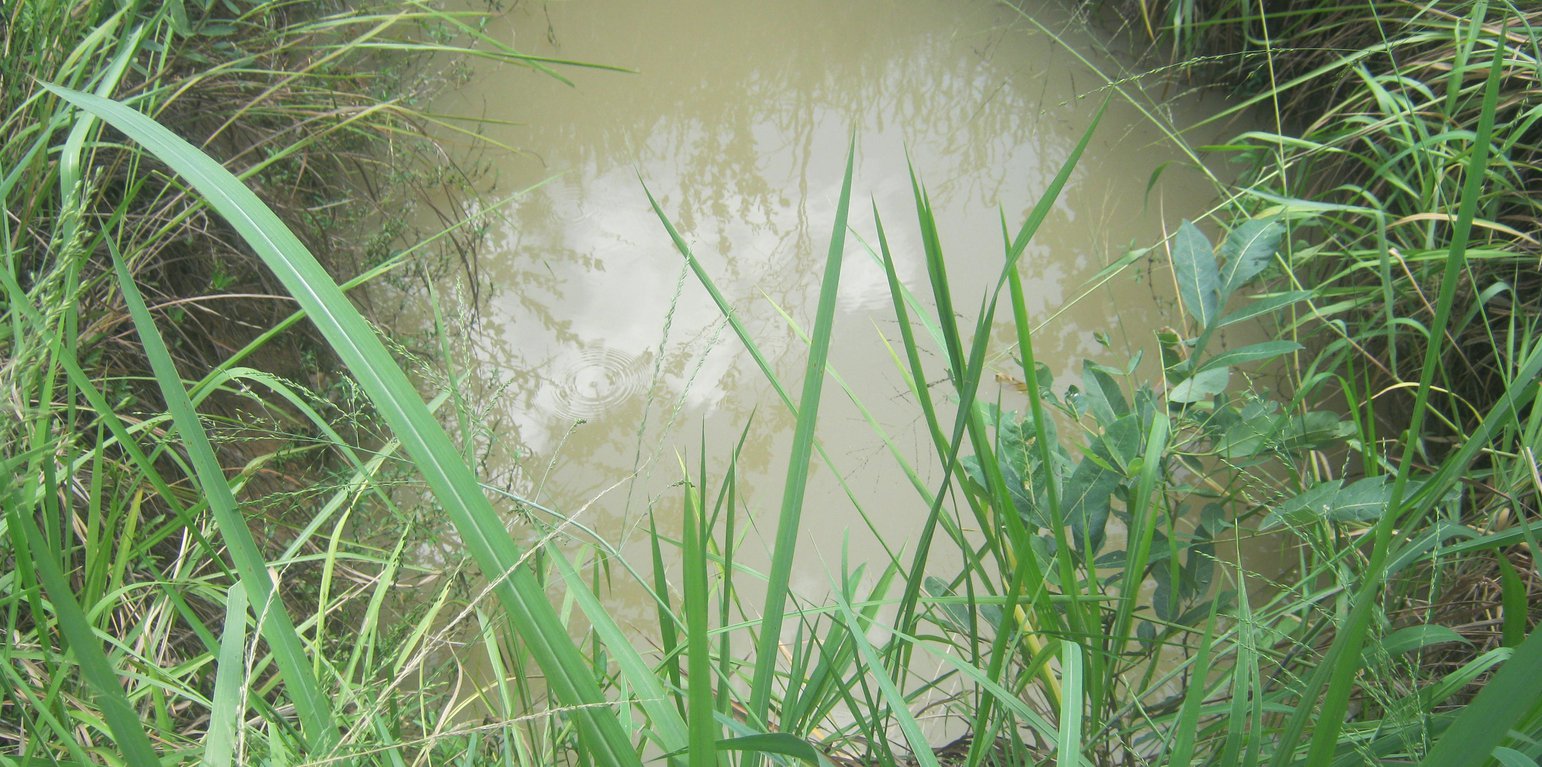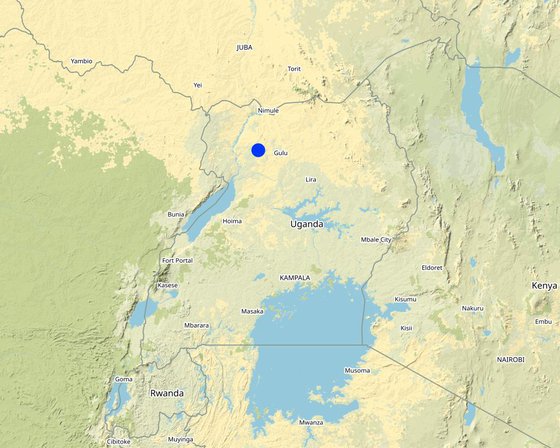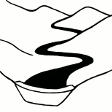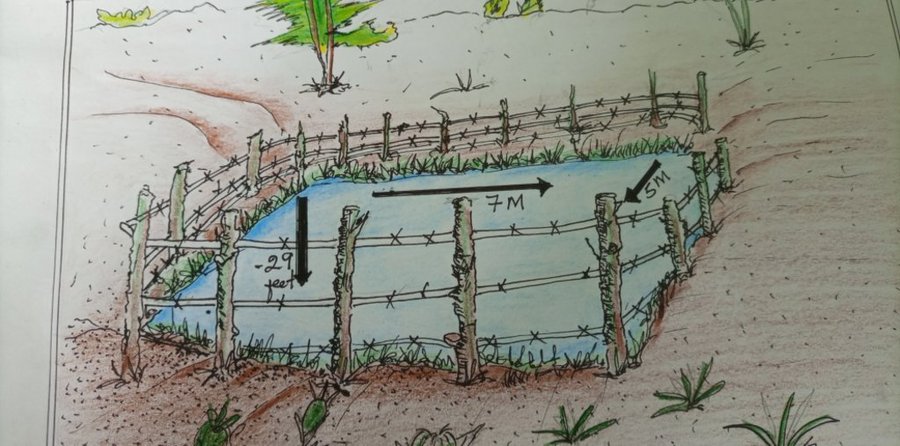



The spring ground water harvesting technology is one of the practices promoted by farmers in Northern Uganda with the aim of protecting and storing water which is used to refill the fish pond during dry season and also for fish production and household income both in the short, medium and long term.
Using hoes, spades, panga and labour, the water reservoir is dug at a length and width of 5*7 meters and a depth of 29 feet. Water fills the reservoir from ground water minor channels that drains at a specific point. Hence the reservoir fills up relatively fast. The reservoir site is well protected being fenced by barbed wire to avoid accidents from humans and animals who might fall into the reservoir.
Ridges are dug to prevent running external water from entering into the reservoir thus contaminating it. Grass grows around the cliff and around the reservoir to protect and compact the soil and prevent it from collapsing into the water, during dry season, water from reservoir is pumped into the fish pond. The water reservoir keeps water through out the year and fingerlings of 2 types or more of fish species kept in the fish pond. Sunlight can generally penetrate the pond waters to a depth of about 30-80 cm depending on the water level.
The fish species mostly kept include Tilapia, Nile Perch and wild fish. Once the technology is established the spring water reservior system requires only maintenance costs for removing weeds, feeding, restocking and slashing around spring water reservior. What is not liked about this technology is that it relies on a natural spring for its water supply. In case of drought survival of the fish is not guaranteed.

Lieu: Amuru Town Council, Northern Uganda., Ouganda
Nbr de sites de la Technologie analysés: site unique
Diffusion de la Technologie: appliquée en des points spécifiques ou concentrée sur une petite surface
Date de mise en oeuvre: 2012
Type d'introduction




Spécifications techniques
The water reservoir is dug at a length and width of 5*7 meters and a depth of 29 feet. The reservoir site is well protected being fenced by barbed wire to avoid accidents for humans and animals who might fall into the pool.
|
|||||||||||
| Spécifiez les intrants | Unité | Quantité | Coûts par unité (UGX) | Coût total par intrant (UGX) | % des coût supporté par les exploitants des terres |
| Main d'œuvre | |||||
| Labour | Manday | 30,0 | 5000,0 | 150000,0 | 100,0 |
| Equipements | |||||
| Hoes | pieces | 3,0 | 10000,0 | 30000,0 | 100,0 |
| Spades | pieces | 3,0 | 10000,0 | 30000,0 | 100,0 |
| Panga | pieces | 3,0 | 10000,0 | 30000,0 | 100,0 |
| Matériaux de construction | |||||
| Barbed wire | roll | 1,0 | 100000,0 | 100000,0 | 100,0 |
| Wooden poles | pieces | 10,0 | 5000,0 | 50000,0 | 100,0 |
| Autre | |||||
| Fingerlings | Animals | 50,0 | 1000,0 | 50000,0 | 100,0 |
| Coût total de mise en place de la Technologie | 440'000.0 | ||||
| Spécifiez les intrants | Unité | Quantité | Coûts par unité (UGX) | Coût total par intrant (UGX) | % des coût supporté par les exploitants des terres |
| Main d'œuvre | |||||
| Labour for cleaning | Manday | 30,0 | 5000,0 | 150000,0 | 100,0 |
| Coût total d'entretien de la Technologie | 150'000.0 | ||||
Due to the water harvested and stored.
Due to additional water stored.
For fish production.
Expenses incurred only on the purchase fish feeds and maintenance of the reservoir.
From the sale of fish.
Only labour for cleaning around the reservoir and purchase of feeds.
Quantité avant la GDT: low
Quantité après la GDT: high
Constant water supply in the fish pond to enhance production.
Quantité avant la GDT: low
Quantité après la GDT: high
Water harvesting helps mitigating climate change impacts.
Quantité avant la GDT: low
Quantité après la GDT: high
Ground water is harvested.
Quantité avant la GDT: high
Quantité après la GDT: low
Due to the excess water stored.
Quantité avant la GDT: high
Quantité après la GDT: low
Due to a more constant supply of available water.